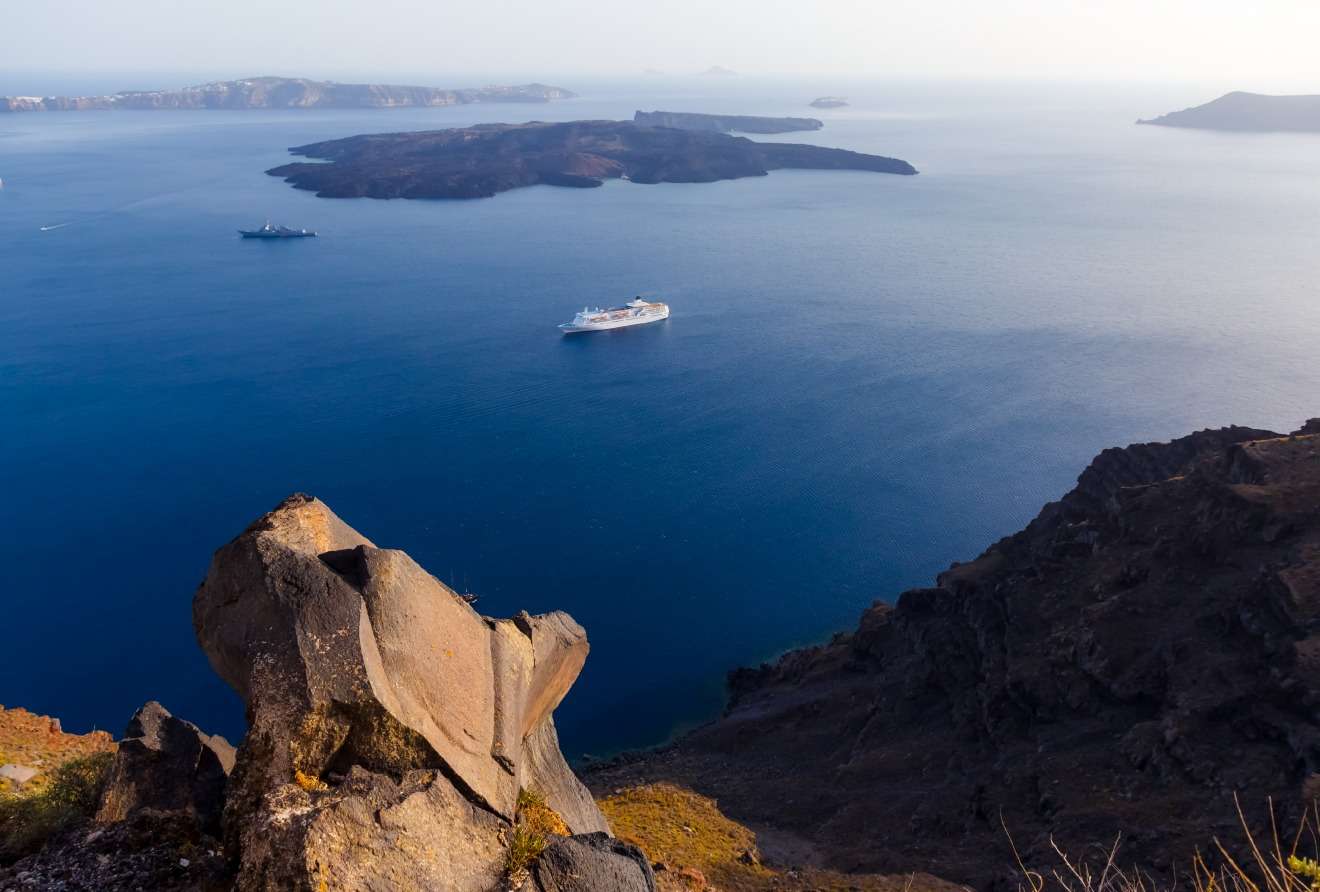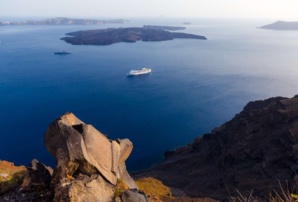Now the sulfur content in the ships emissions in these waters should not exceed 0.1% (3.5% until last January). If ship owners violate this rule, they may face fines. However, it is difficult for regulators to achieve the rule’s implementation, since they need to control a very large area. "Owners are very concerned about the fact that conditions are not equal for everyone. Therefore it is necessary to have as much data as possible and enough drones to help carry out additional measurements,"- says Leendert Bal, head of the operational department at EMSA.
This is a new example of how drones can be used for commercial purposes. In the United States, technology companies quickly began to test this technology. For example, Amazon wants to use drones to deliver their orders into online stores, and Facebook - to provide Internet connection in remote areas.
Shipping companies such as Swedish Stena Line invested millions of dollars to reduce harmful emissions. Therefore, their leaders are concerned that competitors whose vessels float through controlled areas, but not moor in them, will continue to use dirty and cheap fuel, which will give them a competitive advantage. "Operators on routes within the area of low emissions will play according the rules. But who will check, stop and, if necessary, penalize a ship going, for example, from the Atlantic to St. Petersburg? "- Says CEO of Stena Carl-Johan Hagman.
Meanwhile, some of the equipment that helps control the level of emissions is already in use. For example, Denmark has installed shiffers on the bridge "Great Belt" connecting the island of Funen and Zealand, under which thousands of commercial ships float every year. Sensors can detect high content of sulfur and give a signal of violations. After this, regulators can check the fuel when the ship arrives in port.
As for the drones, the regulators are still trying to determine necessary characteristics. During the presentation in October, EMSA has signaled that it probably may need drones that can stay aloft for at least four hours, and with a range of about 20 km. They must be equipped with sensors to measure content of sulfur and carbon dioxide, and with equipment, recognizing ships in their identification beacons.
It is assumed that the drones will fly over jet exhaust of ships, measuring sulfur content, says Pierre Debusschere from the French CLS Group, which is working on this project. Miniature drones will be used for routine checks along the shipping routes, and to monitor the ships, which have violated the rules in the past. This will allow the authorities to create a black list of vessels, notes Debusschere.
ESA participates in the project as ground control for the drones land should be established through satellites. Staff of both agencies will meet on Wednesday, November 25, with the industry experts to determine which systems can be used for monitoring. The tests, including flight operations from Hamburg, will be held on July 2016. If the experiment proves successful, the drones can begin to regularly fly in the second half of next year, says Bal.
source: wsj.com
This is a new example of how drones can be used for commercial purposes. In the United States, technology companies quickly began to test this technology. For example, Amazon wants to use drones to deliver their orders into online stores, and Facebook - to provide Internet connection in remote areas.
Shipping companies such as Swedish Stena Line invested millions of dollars to reduce harmful emissions. Therefore, their leaders are concerned that competitors whose vessels float through controlled areas, but not moor in them, will continue to use dirty and cheap fuel, which will give them a competitive advantage. "Operators on routes within the area of low emissions will play according the rules. But who will check, stop and, if necessary, penalize a ship going, for example, from the Atlantic to St. Petersburg? "- Says CEO of Stena Carl-Johan Hagman.
Meanwhile, some of the equipment that helps control the level of emissions is already in use. For example, Denmark has installed shiffers on the bridge "Great Belt" connecting the island of Funen and Zealand, under which thousands of commercial ships float every year. Sensors can detect high content of sulfur and give a signal of violations. After this, regulators can check the fuel when the ship arrives in port.
As for the drones, the regulators are still trying to determine necessary characteristics. During the presentation in October, EMSA has signaled that it probably may need drones that can stay aloft for at least four hours, and with a range of about 20 km. They must be equipped with sensors to measure content of sulfur and carbon dioxide, and with equipment, recognizing ships in their identification beacons.
It is assumed that the drones will fly over jet exhaust of ships, measuring sulfur content, says Pierre Debusschere from the French CLS Group, which is working on this project. Miniature drones will be used for routine checks along the shipping routes, and to monitor the ships, which have violated the rules in the past. This will allow the authorities to create a black list of vessels, notes Debusschere.
ESA participates in the project as ground control for the drones land should be established through satellites. Staff of both agencies will meet on Wednesday, November 25, with the industry experts to determine which systems can be used for monitoring. The tests, including flight operations from Hamburg, will be held on July 2016. If the experiment proves successful, the drones can begin to regularly fly in the second half of next year, says Bal.
source: wsj.com






